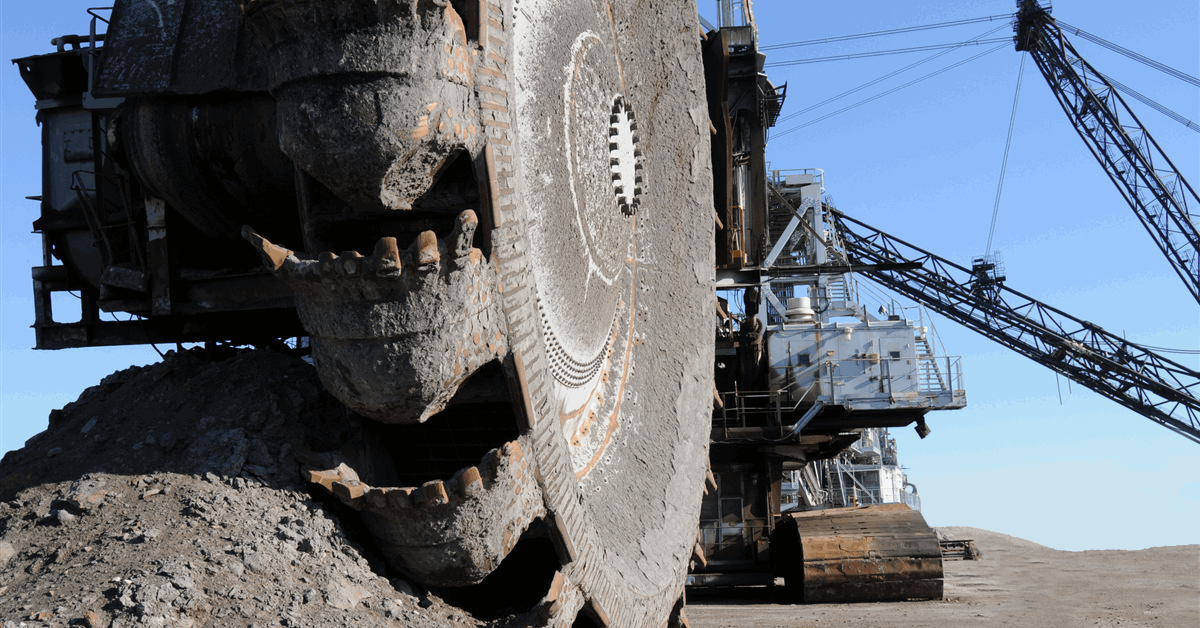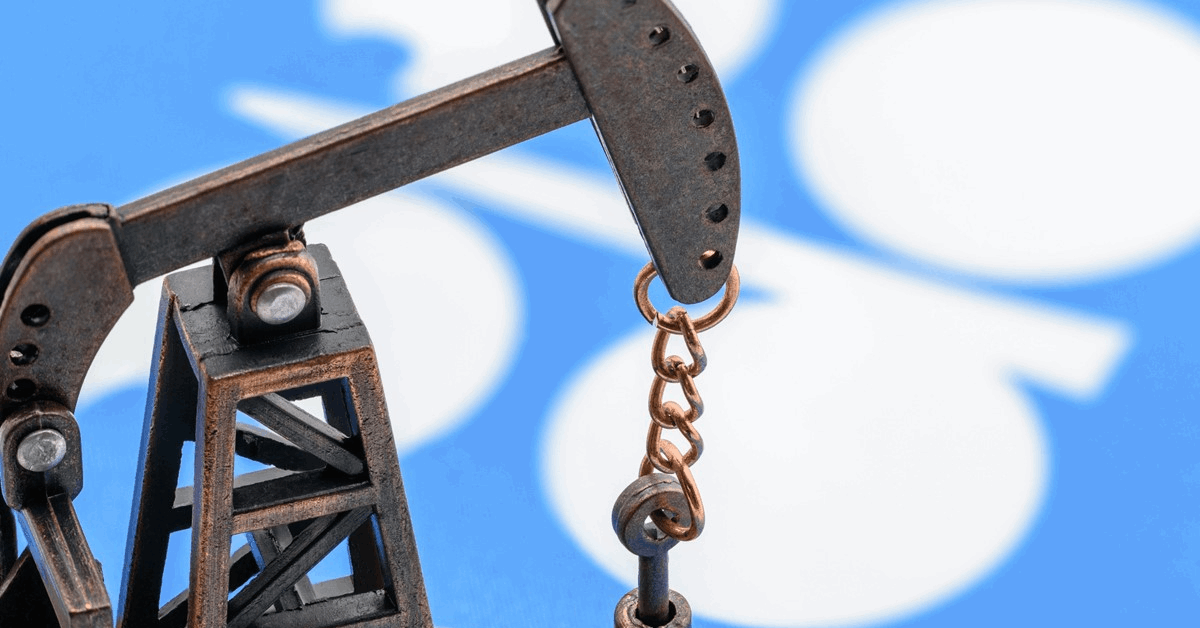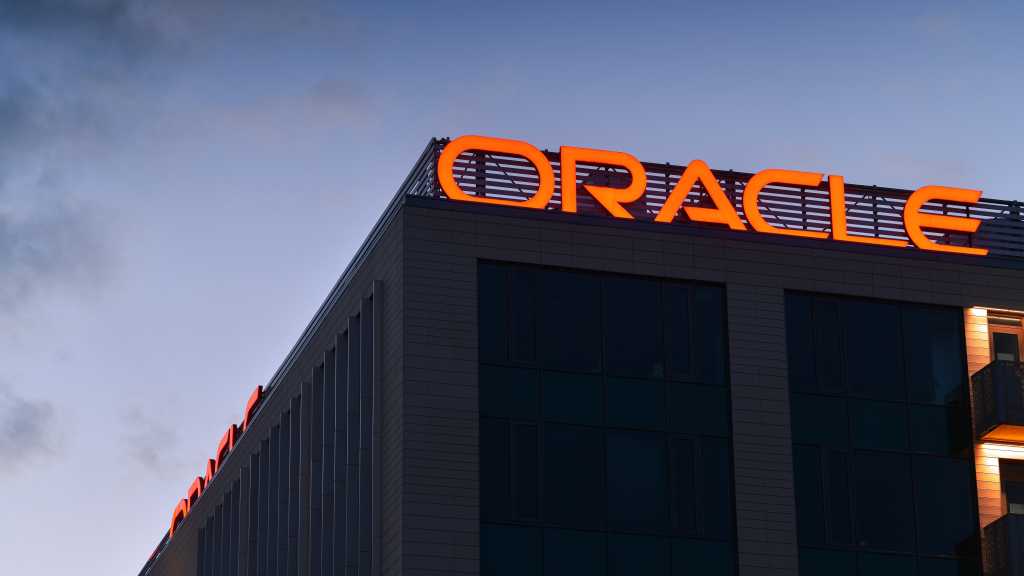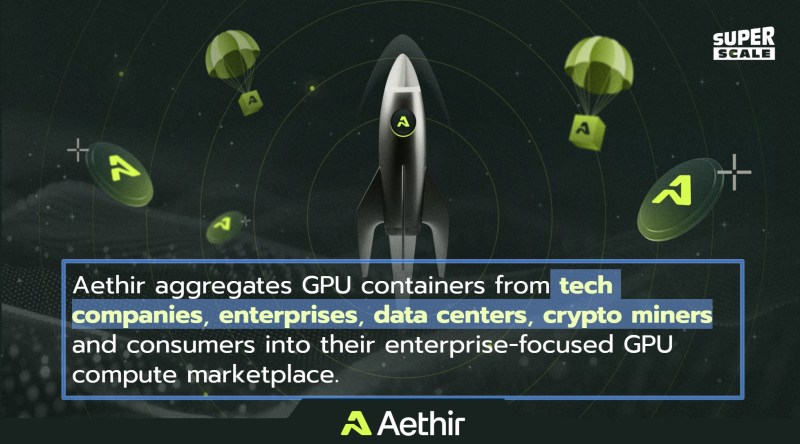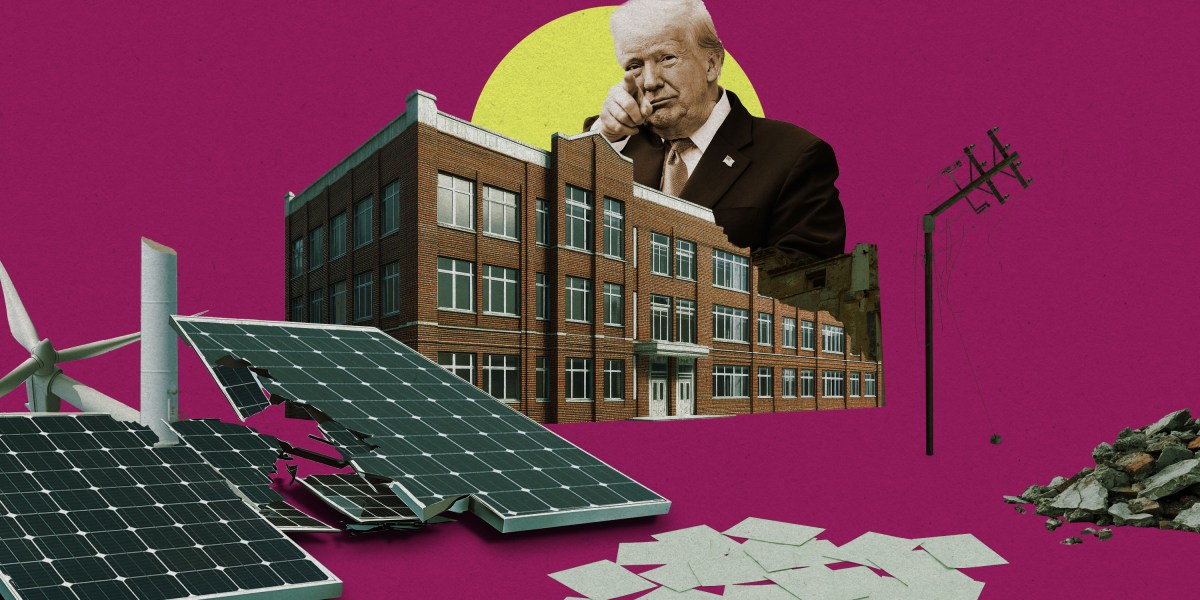The U.S. Department of Energy on Friday canceled $3.7 billion in awards from its Office of Clean Energy Demonstrations, including $940 million in grants for two carbon capture projects planned by Calpine.
The canceled awards were mainly for carbon capture and sequestration and other decarbonization projects, according to DOE. Affected companies include PPL Corp., Ørsted and Exxon Mobil Corp.
The Calpine projects are for CCS projects at its 550-MW gas-fired Sutter power plant in Yuba City, California, and its 810-MW Baytown power plant in Baytown, Texas.
“After a thorough and individualized financial review of each award, the DOE found that these projects failed to advance the energy needs of the American people, were not economically viable and would not generate a positive return on investment of taxpayer dollars,” DOE said.
Sixteen of the 24 terminated awards were signed between President Donald Trump’s election in November and Jan. 20, according to DOE.
The DOE assessed the canceled awards under a review process outlined earlier this month. The department said it is reviewing 179 awards that total over $15 billion in financial assistance.
“DOE is prioritizing large-scale commercial projects that require more detailed information from the awardees for the initial phase of this review, but this process may extend to other DOE program offices as the reviews progress,” the department said.
DOE created the Office of Clean Energy Demonstrations in late 2021 to manage about $27 billion in funding appropriated by the Infrastructure Investment and Jobs Act and the Inflation Reduction Act, according to a mid-November report from the U.S. Government Accountability Office.
Below is a list from DOE of the canceled awards announced on Friday.

Optional Caption
Permission granted by US Department of Energy
DOE’s decision to terminate the awards was “shortsighted,” according to Steven Nadel, executive director of the American Council for an Energy-Efficient Economy. “Locking domestic plants into outdated technology is not a recipe for future competitiveness or bringing manufacturing jobs back to American communities,” Nadel said in a statement.







